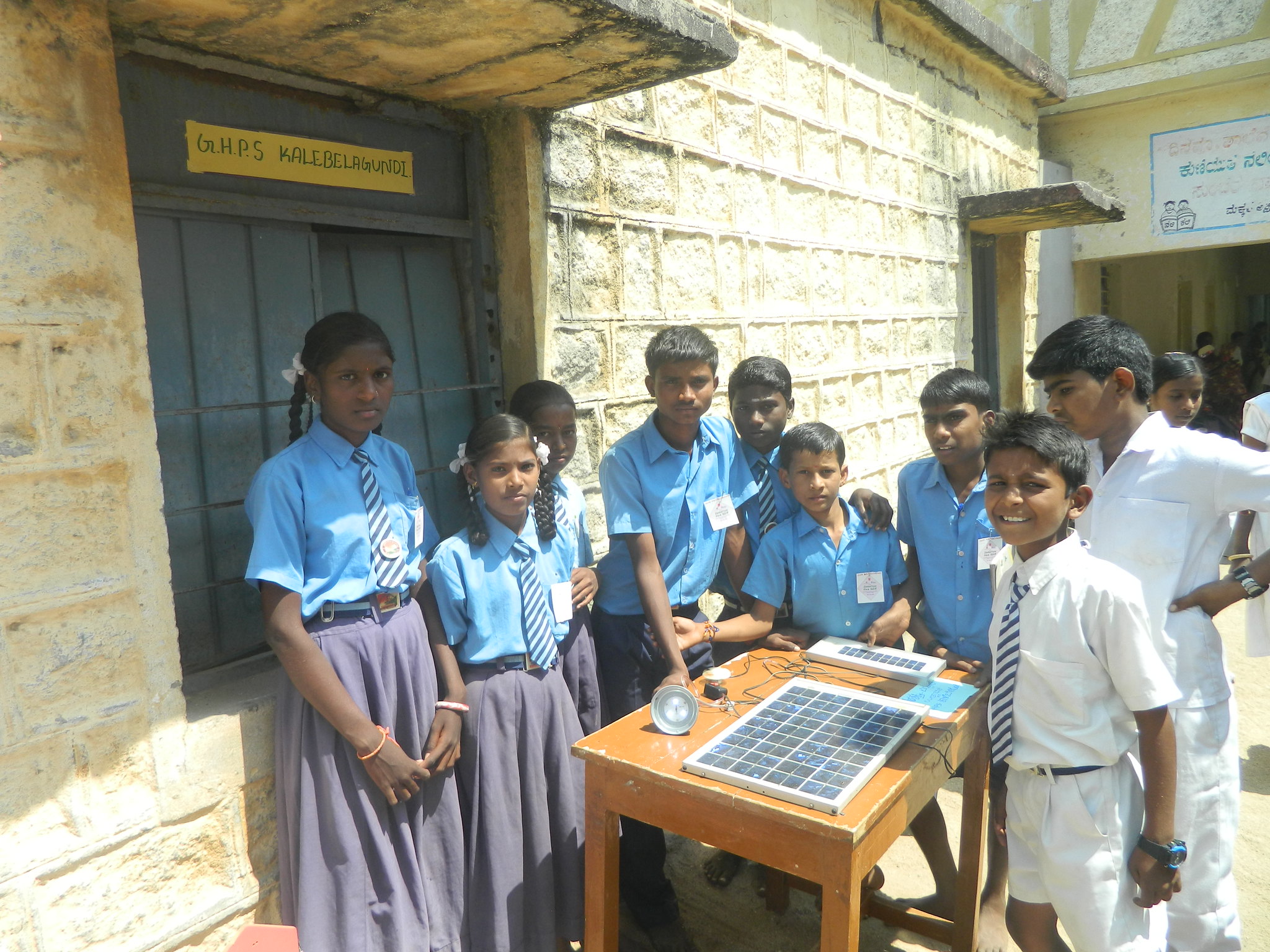Background
Children spend a large part of their days in schools, and thus the quality of the habitat can have a significant impact on their mental and physical growth. Schools in poor resource contexts are constructed out of inefficient materials and often ill-equipped to protect children and teachers from heat waves, high rainfall and droughts that are happening in increasing number across the globe.
Unreliable Access to Electricity
According to the Unified District Information System for Education (UDISE) report, 2017-18 , over 36% of schools in India are unelectrified.

Effects of Climate Change
Extreme temperatures—cold and heat leave animals in high discomfort. Extreme heat waves reduce conception rates by 10% to 20%.
Solution
Prevent Health Infiltration • Building Envelope: Usage of low thermal conductivity and insulated building material for walling and roofing, respectively. This prevents the heat transfer into the classroom and reduces internal temperature. • External Shading Devices: The roof made from insulated foam sandwich panels are further cooled by a second canopy of rooftop solar panels.
Ventilation and Heat Extraction • Window Orientation & Design: The orientation, size and material used for the frame of the window and its design reduces the amount of solar heat entering the building, significantly. The placement of the windows should also be done in a manner that it allows for cross-ventilation.
Impact
1.The stated passive solutions when applied together brought down the temperature of the indoor environment up to T 4°C to 5°C
2. The structure’s cooling requirements was brought down from 16TR to 4TR. This also reduces the energy consumption by almost 75%
Building Climate Resilience
Mitigation
With increasing heat stress, the need for air conditioners can be displaced by climate smart designs and efficient coolers or fans, reducing emissions.
Adaptation
Better learning outcomes : With reduced indoor heat stress, children are able to study better, more comfortably leading to better learning outcomes and experience. • Reduced health risks : In some public educational spaces where cooking is a function, often, the space is not segregated leading to a lot of indoor smoke. This is also caused due to the use of firewood for cooking. By using sustainable designs and efficient cook stoves, children, teachers and helpers have reduced health risks.
